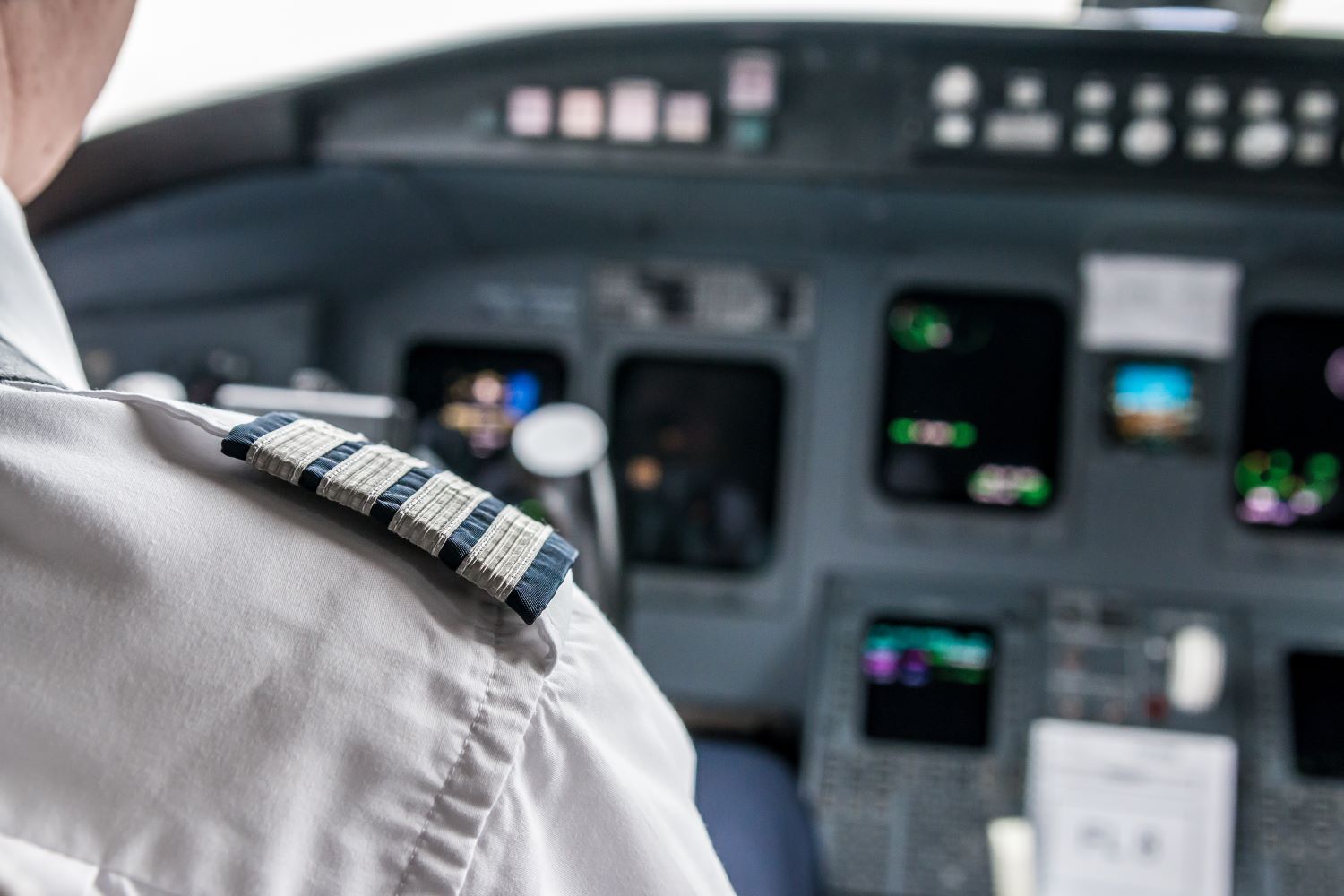I have had the privilege of working at an international airport as an aerodrome air traffic controller. Visibility is a critical aspect of aerodrome control and one can appreciate that the levels of visibility can and do affect the effectiveness of aerodrome controllers. Even though there are operational tools available to mitigate low visibility operations (LVO), there are still challenges. Innovative technologies allow us to mitigate risks so we can become more efficient when faced with challenges.
 There are low visibility procedures in place to support low visibility operations at aerodromes when poor surface visibility can negatively influence safe ground movement or the prevailing cloud base is so low that it prevents pilots from obtaining the required visual reference to continue landing. There are required minima for different runways at airports.
There are low visibility procedures in place to support low visibility operations at aerodromes when poor surface visibility can negatively influence safe ground movement or the prevailing cloud base is so low that it prevents pilots from obtaining the required visual reference to continue landing. There are required minima for different runways at airports.
We are all aware of the minima for declaring such instances and the associated criteria with the various categories of precision approach procedures. There might be an instance where the surface visibility at an airport is good, when at the same time, the aerodrome air traffic control tower is situated in cloud or fog. Aircraft are at their most vulnerable during the landing and the take-off phases of flight when the options for avoiding action if obstructions are encountered, may be limited.
I am sure all air navigation service providers (ANSPs), indeed, all aviation stakeholders, have had to entertain LVO at some point during operations. The delaying effect of reducing operating capacity at an airport influences all stakeholders and the flying public. Though landing aircraft are spaced according to the local station procedures and requirements for sequencing, the departure sequence as determined by air traffic control is my concern.
Once aircraft are lined up on a runway to take off, the final decision resides with the pilot in command. Based on experience, airline standard operating procedures (SOP) and aircraft equipage go, no-go decisions are made after incorporating runway visual range (RVR) readings in the equation. Modern jets, particularly business jets, are being equipped with very capable synthetic vision systems which aid the pilot in take-off by effectively “increasing” the given RVR.
It is impossible for a pilot to know what the LVO conditions will be until they are lined up on the runway, ready for departure. Even aircraft equipped with synthetic vision base their departure operations on the reported RVR.
During LVOs, air traffic control (ATC) cannot currently plan a sequence of traffic for departure based on best equipped, best served if we refer specifically to aircraft equipped with synthetic vision. Surely if an ATC had some indication of aircraft equipage in terms of synthetic vision capability, those equipped with the greatest possibility of taking off in prevailing LVOs should be first in sequence, and the ATC would plan the departure sequence accordingly.
Flight plan 2012 (the platform used to file a flight plan) could, in the next amendment, include the synthetic vision capability of an aircraft. As an example, in field 10a, the inclusion of a V would signify that an aircraft has synthetic vision capabilities, and just as with performance-based navigation (PBN), a more in-depth description can be given in field 18 of the flight plan by the indicator synthetic vision (ISV) outlining the synthetic vision capability of each individual aircraft.
With the inclusion in the flight plan as indicated above, an ATC can ascertain from a flight plan and aircraft’s synthetic vision capabilities during LVOs and can plan a departure sequence accordingly so as not to penalize best-equipped aircraft which is in keeping with the principles of PBN.
Further, not restricting the departures of best-equipped aircraft from a synthetic vision perspective and ensuring that they are first in sequence, will by default have a positive impact on the environment by reducing emissions.
About the author
Colin Bryant joined ICAO’s Eastern and Southern African (ESAF) Office as a Regional Officer ATM/Search and Rescue in October 2022. After initially beginning his career as a science teacher and then being bitten by the aviation bug, he joined Air Traffic & Navigation Services as an Air Traffic Service Assistant while he attended aerodrome control training before eventually becoming an air traffic management specialist. He is currently getting his private pilot license (PPL).


